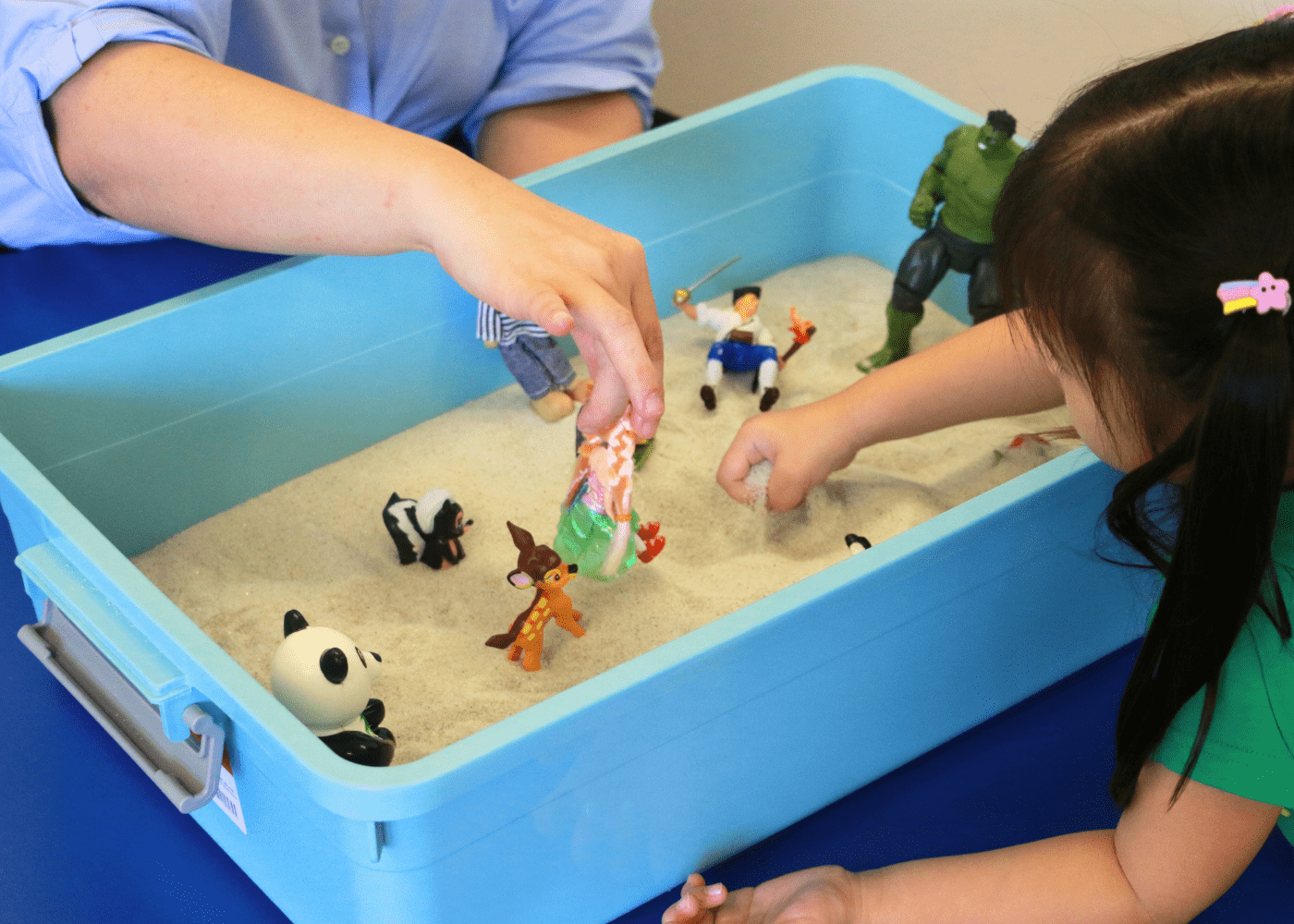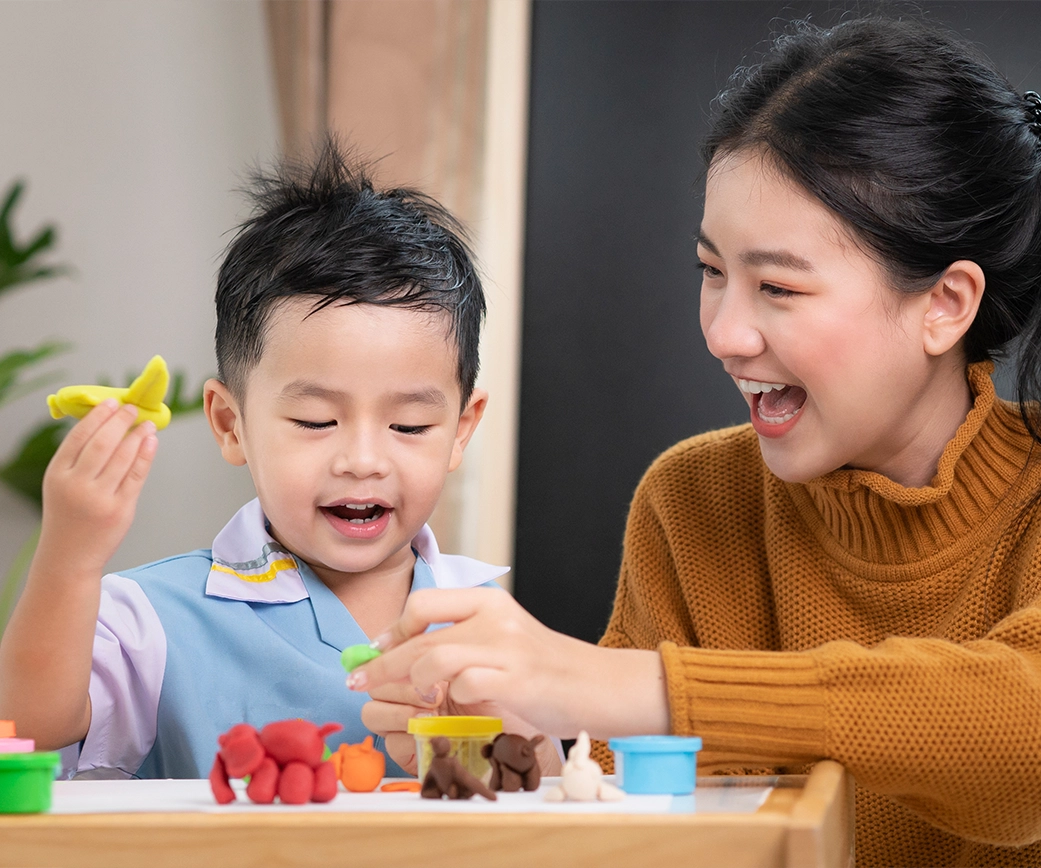
Child and Play Therapy
If you have a child who is misbehaving, falling behind in school, and having trouble making friends; it must be taking a toll on you as well.
Our therapists are here to help you and your child through. Suitable for children age 4 to 12 years old. We offer child counselling and therapy for kids.
Signs your child is struggling

How therapy can help your child
Child therapy, including play therapy, can help children develop healthy, secure relationships and overcome emotional and behavioural challenges.
Through child therapy and play therapy, children can express and process their feelings in a safe and healthy manner. Studies have shown that therapy can improve a child's listening, communication, concentration and social skills.
Research has shown that play therapy improves behavior, emotional well-being, and relationships by 70% (PTUK, 2017).
Starting child and play therapy
1. First Consultation
A consultation with the parents to share their concerns and for the therapist to gather relevant social and emotional information, as well as family history. Typically, this session is with the parents only. During this session, the therapist will give an overview of child therapy and what parents can expect.
45 - 60 minutes
In-person: RM250
2. Child / Play Therapy
A session is designed for your child to express their emotions and work toward therapeutic goals set collaboratively with the parents. The session may incorporate talk, art, and play therapy, which is particularly beneficial for younger children who may not yet have the verbal skills to articulate complex emotions.
After each session, parents will have the opportunity to discuss their child’s progress with the therapist.
40 minutes
In-person: RM250
Ready to find out more?
Book a consultation today
Frequently Asked Questions
Child therapy is a specialized form of therapy designed to help children process emotions, resolve conflicts, and develop coping mechanisms. It often involves activities such as talking, art, and play to help the child express themselves in a comfortable, non-threatening environment.
